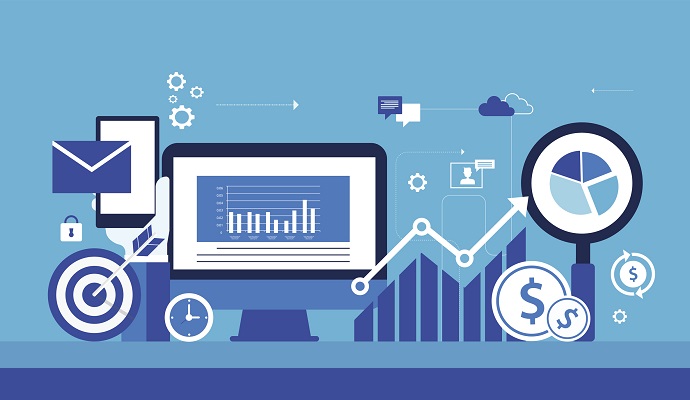
Healthcare is a sprawling industry, and while patient care is at the heart of it all, a lot has to happen behind the scenes for medical practices to be successful. How, then, do they ensure all the disparate elements – issues like billing, supply chain management, and licensing – are all taken care of? For today’s practices, the key is technology.
CE Scheduling
In order for medical professionals to retain their licenses, they have to complete continuing education (CE) credits. Unfortunately, that’s not always convenient from a scheduling perspective and these things can easily slip through the cracks.
To avoid falling behind on CE credits, many doctors have turned to online, self-paced programs. Rather than having to attend a seminar on someone else’s schedule, online classes allow busy professionals to pursue interesting topics on their own time.
Supply Chain Strategies
Another critical way that new technology is supporting healthcare facilities is by strengthening the supply chain management process – and the recent pandemic really drove home how important a well-managed supply chain is. Hospitals, in particular, are dependent on having the right supplies on hand at all times, which may mean negotiating with different manufacturers, as well as tracking current inventory levels.
Without the right technology, these are labor-intensive tasks, but with the right ERP paired with a trusted supply chain management organization, practices can feel confident that they’re prepared for anything.
Better Billing
Medical billing is difficult in ways that billing in many other professions isn’t, simply because of the wide variations between patients’ insurance companies. Add to that the lag time on a lot of billing, and practices are dealing with a lot of outstanding payments.
One way that providers have managed to increase payment rates and make billing more efficient is by using an EHR with integrated billing functions. These platforms offer multiple billing tools, such as posting bills directly to the patient portal and batch printing of paper bills for quick and easy mailing.
The Virtual Advantage
Providing patients with care during the COVID-19 pandemic has meant overcoming countless barriers and one of the most helpful tools providers have had at their disposal were telehealth platforms. So, while licensing and insurance factors will likely impact how available telehealth appointment are in coming months, experts expect to see a lot of money invested in digital health more broadly.
Digital health also includes a large number of consumer-oriented products and applications, so not all of the funding headed into this sector is likely to directly impact medical practices. However, many direct-to-consumer medical goods help patients gain key insights into their health and some have been authorized by the FDA as accurate enough to be used for remote monitoring. It’s a growing sector, and one with a lot of sway over how patient health will be managed over the next few years.
Technology has opened doors and improved management practices across industries, but its impact on the world of healthcare is particularly remarkable. After all, when people’s lives and well-being hang in the balance, it’s critical that everything be running smoothly.

